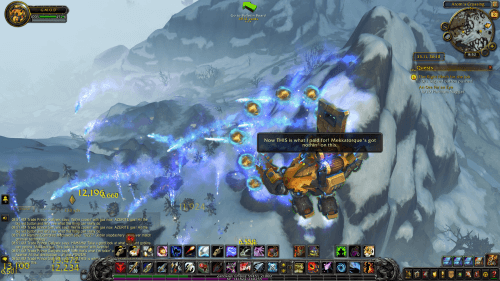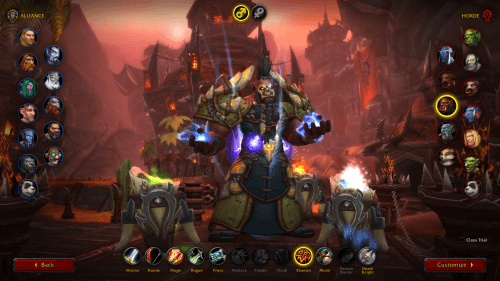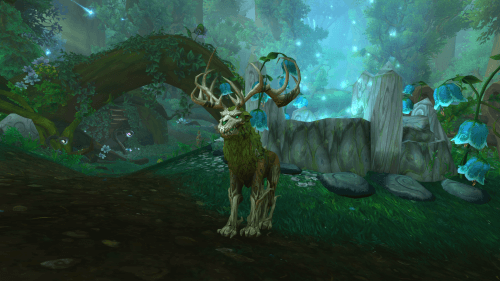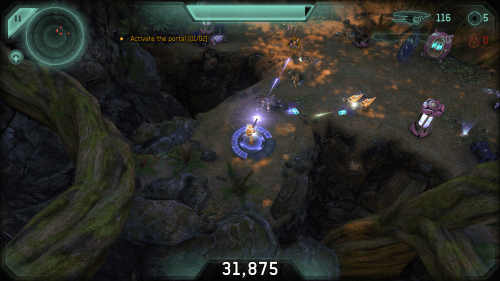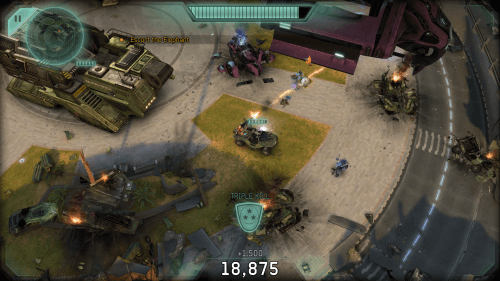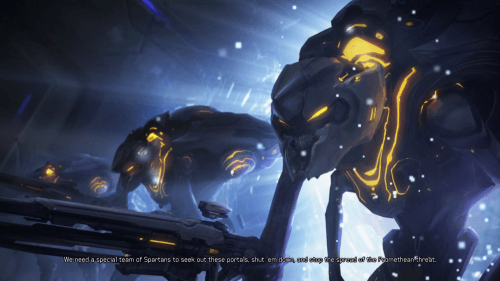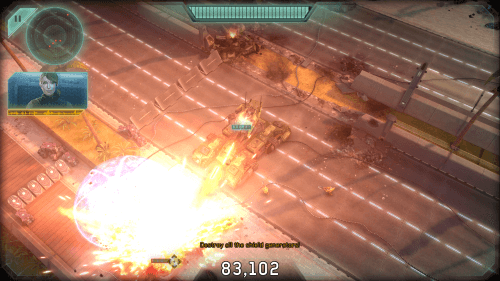I started this journey around two and a half years ago, and given the meager amount of time I devote to gaming these days, it was definitely, errm… overly optimistic of me to think I could play through even the 5 main Halo campaigns by the time Halo Infinite was to be released a year later. It doesn’t help that I almost immediately decided to include more games and some other media. Totaling it up, as of this, fittingly the 20th Halo Fest 2020 post, I’ve beaten 12 games, not counting Halo 4’s lengthy Spartan Ops campaign, and watched 3 movies and a season of television. I also played a lot of Halo Infinite multiplayer during this time.
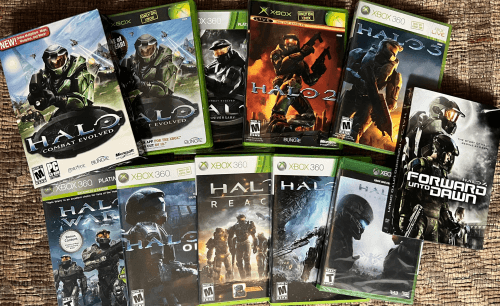
“Funnily, I don’t own a physical copy of the release I played the most for this, Halo: The Master Chief Collection.”
I’ve almost certainly already made some semi-controversial statements about many of these games, and as one last controversial act, here’s my final, personal ranking of the series:
- #7 Halo 5: Guardians. The most obvious choice for last place, but I really wanted to give Halo 5 a fair shake, and I definitely didn’t hate it. Rather, in numerous ways, it simply felt the least like Halo out of all of these games, and because of that, it always ends up falling to the bottom of the list no matter how I decide to weigh the criteria.
- #6 Halo 4, on the other hand, does feel like a Halo game. An unnecessary Halo game, with some questionable writing and some incredibly annoying enemies, but a Halo game.
- #5 I mean, this one is definitely going to get me some flak, but hear me out. Halo 2 is a great game, and playing through the Anniversary version of it made me appreciate it so much more, but it’s hard for me to completely drop the weird baggage I brought to it when coming from Halo: Combat Evolved back in 2004.
- #4 Halo Infinite, above Halo 2? Blasphemy! In fact, I’d considered having them tied for 4th place, but the undeniable truth is that when I compare the two campaigns in terms of the fun I had playing through them, Halo Infinite wins out. Interestingly, I realized while writing my Halo Infinite post that my biggest overall complaint about Halo Infinite was how much it held back in almost every area, while inversely, Halo 2 was perhaps too ambitious as a follow-up to Halo: Combat Evolved.
- #3 For the longest time I’d ranked Halo: Reach as my favorite Halo game. I still think it holds up quite well to this day. Fantastic game!
- #2 I’m kind of surprised that I’m ranking Halo 3 above Reach, but upon playing through it again, it’s impossible to deny just how damn good it is, especially if you cheekily treat the excellent Halo 3: ODST as part of the overall package. Halo 3 almost feels like a do-over of Halo 2, incorporating most of its best changes and features while pulling them all back just a bit, more in-line with Halo: Combat Evolved, and polishing the whole thing to a mirror sheen.
- #1 Objectively, Halo: Combat Evolved might not be the best Halo game, but in terms of how unique it is, even amongst the series it spawned, its impact on console gaming and the FPS genre as a whole, and my personal nostalgia for it, it’s not even a debate.
As for the other games covered here, I’d probably say Halo Wars 2 is the best of the bunch. I never expected it to feel like such a proper sequel to the original, and the Banished were fun. As far as what wasn’t covered, well, I don’t have the hardware to experience Microsoft’s weird VR tech demo Halo: Recruit, nor did I want to track down an arcade where I could attempt to play through Halo: Fireteam Raven. I don’t consider either of these massive omissions, despite the fact that I bothered to include Spartan Assault and Spartan Strike.
Wrapping up the series with the controversial Halo Infinite, it’s reasonable to ponder where the franchise is going next. There have been some major changes at 343 Industries and it seems like most of the plans (vague ideas?) for further major developments on Infinite have been scrapped. There are also some odd rumors about a shift from the Slipspace engine to Unreal, possibly in conjunction with the long rumored Halo Infinite battle royale mode (or whatever Project Tatanka turns out to be.) It’s hard to imagine there won’t be another attempt at a Halo game, but who knows if 343 will be developing it. In short, Halo’s future is unclear, though in some ways, that’s all the more exciting.
Despite how long this took, I actually really enjoyed having to commit to a theme, and I’ve already started thinking about another series I’d like to dive into in a similar way. With Diablo IV‘s recent release, I was thinking about replaying the Diablo series, but given how massive my backlog is, it’ll likely be a series I haven’t played much of next time around though. I tossed around The Witcher, Darksiders, and Dragon Age, all games I hope to play more of in the future, but I think the winner is going to be the Metal Gear Solid series. With 7 games on that list, most of which are quite lengthy, that isn’t going to be easy, but I’m really looking forward to it.
